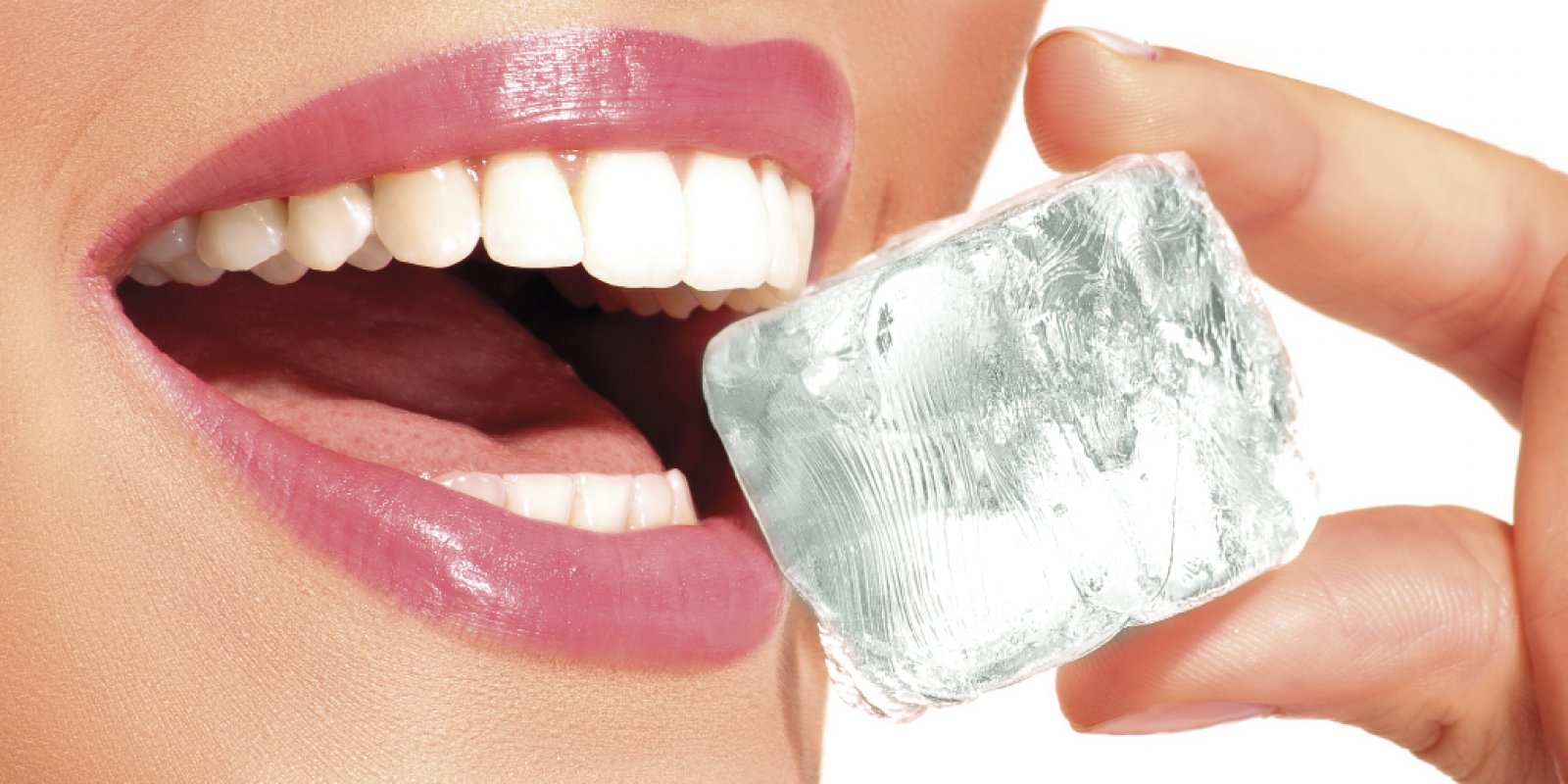Dr. Arabella Michelén
Monday, April 8, 2024
Phototherapy is the application of light at different wavelengths for therapeutic or palliative purposes. This technique isn’t new; ancient civilizations, such as the Egyptians and Greeks, recommended sun exposure for health. However, scientific studies and modern technology in recent decades have made it possible to use phototherapy in various medical fields, including dentistry, where it benefits periodontal conditions, infections, tooth sensitivity, herpes, canker sores, fungal infections, and reduces postoperative recovery time and inflammation after dental treatments, among many other advantages.
The therapy itself is painless, lasts only a few minutes, and may involve a combination of light and a photosensitizer. The type of light wavelength, prioritization, and photosensitizing substance vary depending on the specific treatment and the patient’s systemic conditions.
Phototherapy is commonly applied in the following dental areas:
1.- Periodontics: Used in cases of gingivitis and periodontitis to reduce inflammation and target pathogenic microorganisms in periodontal pockets, enhancing the patient’s immune response.
2.- Pre-Surgical: Often applied before oral surgeries, such as impacted tooth extractions, third molar removals, and implant placements, typically with a photosensitizer before or during surgery.
3.- Hypersensitivity: Beneficial for patients with tooth sensitivity.
4.- Endodontics: Especially helpful in cases with infections, pulp necrosis, or other conditions that the dentist considers appropriate.
5.- Oral Lesions: Treats lesions from nicotine and viral origins, such as herpes, canker sores, angular cheilitis, and thrush.
6.- Oral Aesthetics: Used for gum reshaping and gingivoplasties.
In simple terms, phototherapy speeds up healing, reduces pain, eliminates pathogenic microorganisms by targeting cell membranes of viruses, bacteria, and fungi, stimulates collagen production, releases anti-inflammatory factors, enhances the effectiveness of other treatments, and shortens recovery time.
It's essential to note that phototherapy is not a replacement for traditional treatments. For instance, periodontal patients must still follow prescribed therapies and instructions carefully. Phototherapy acts as a complementary aid in restoring health.
There are few contraindications to phototherapy, but for patients with chronic illnesses, systemic conditions, or special needs, medical and dental interconsultation is recommended.
Remember, the foundations of oral health are proper hygiene, a healthy diet, and regular dental visits. Prevention is key, just as applying advanced technology in dentistry translates into a better quality of life. So, next time you visit the dentist, ask about photodynamic therapy in dentistry.
Dra. Arabella Michelén, CEO Odontología Dominicana @odontodomrd










